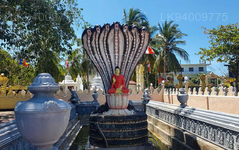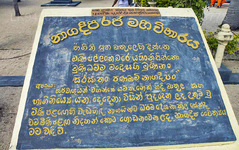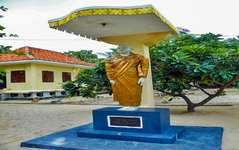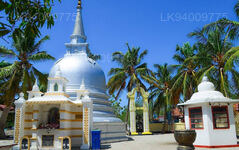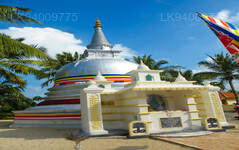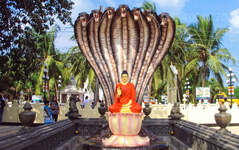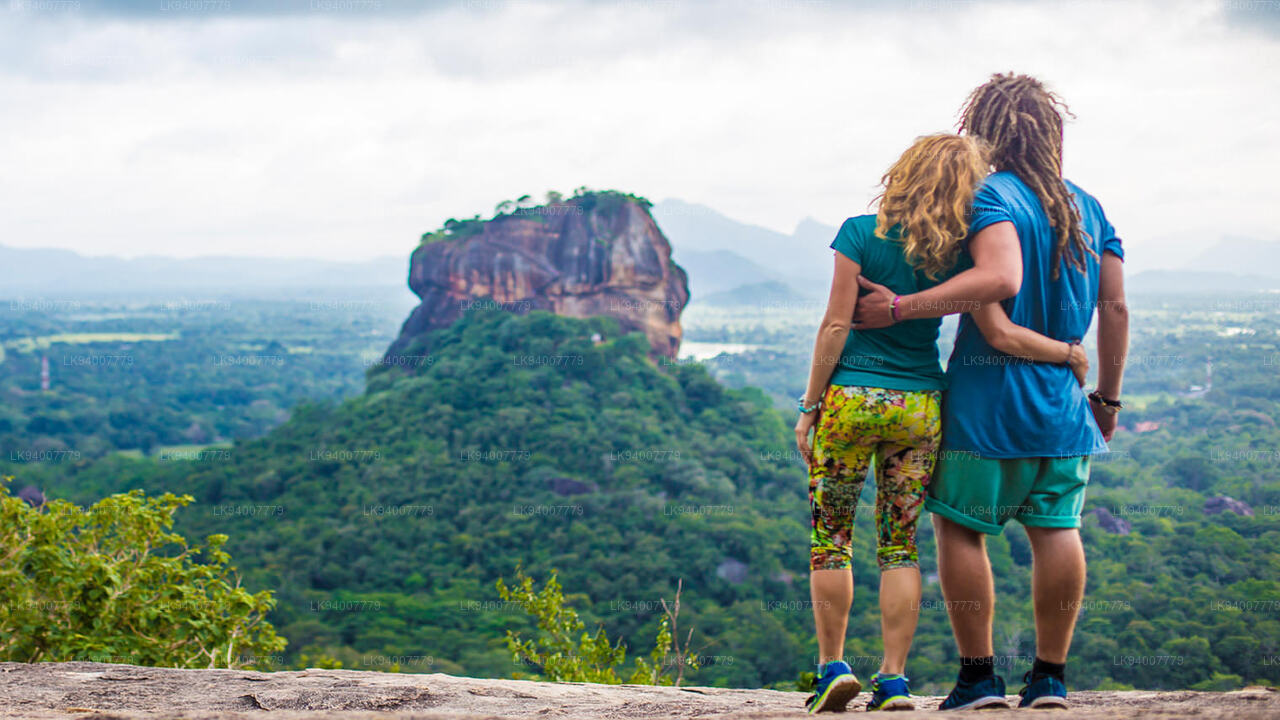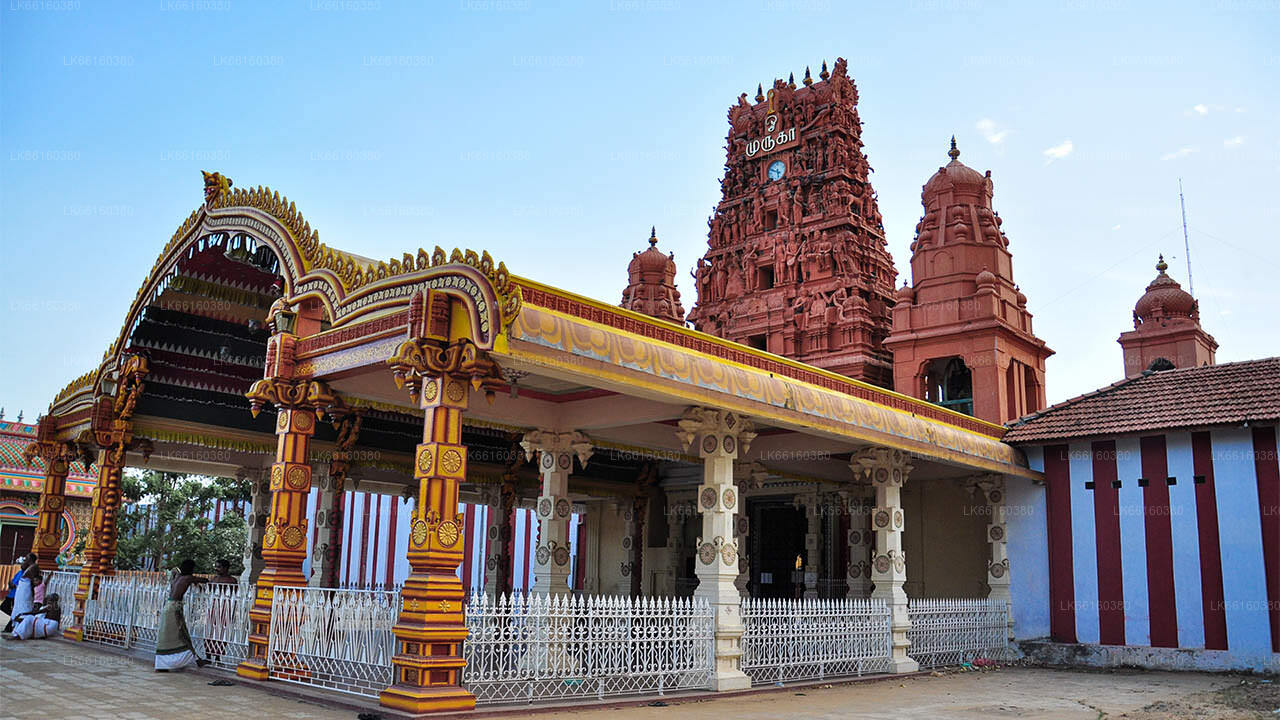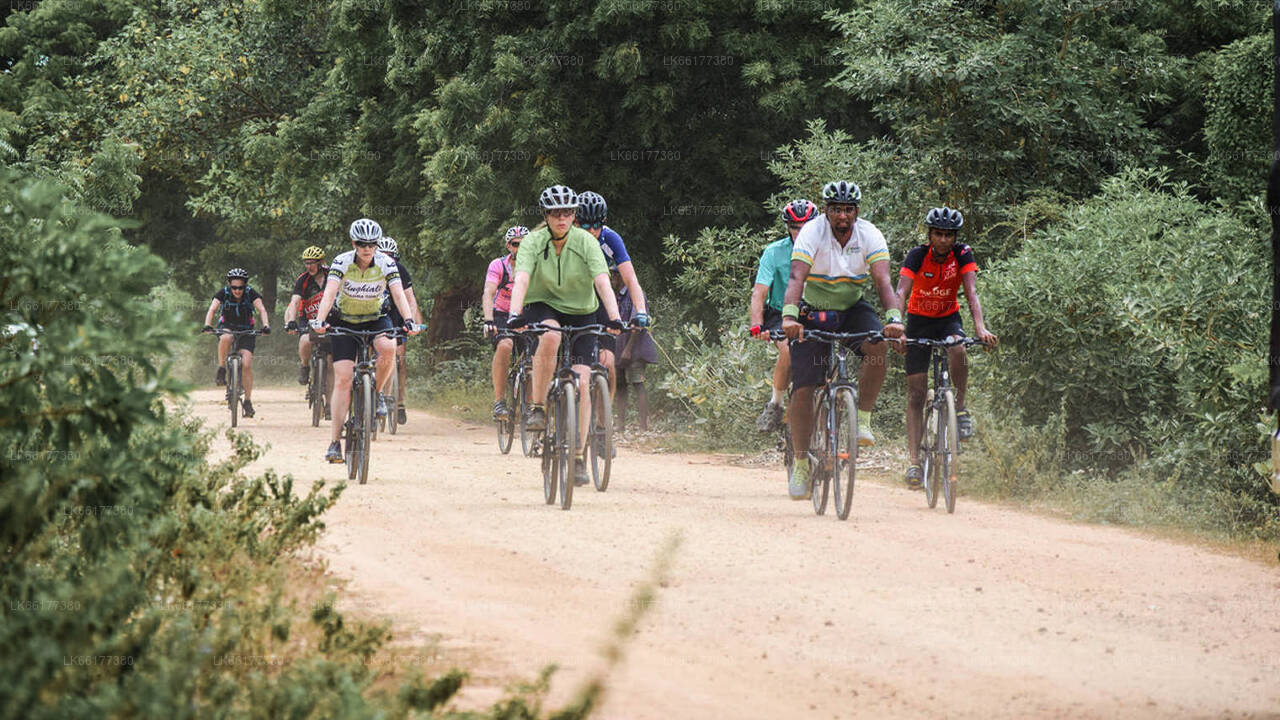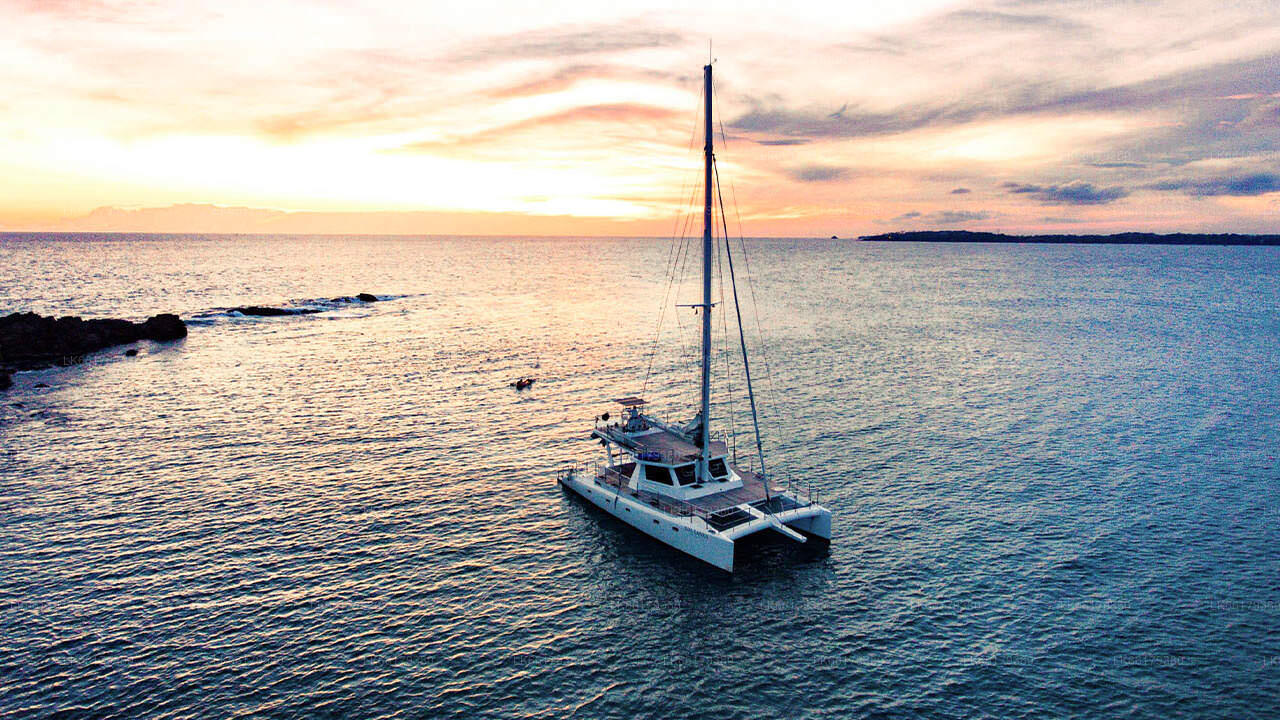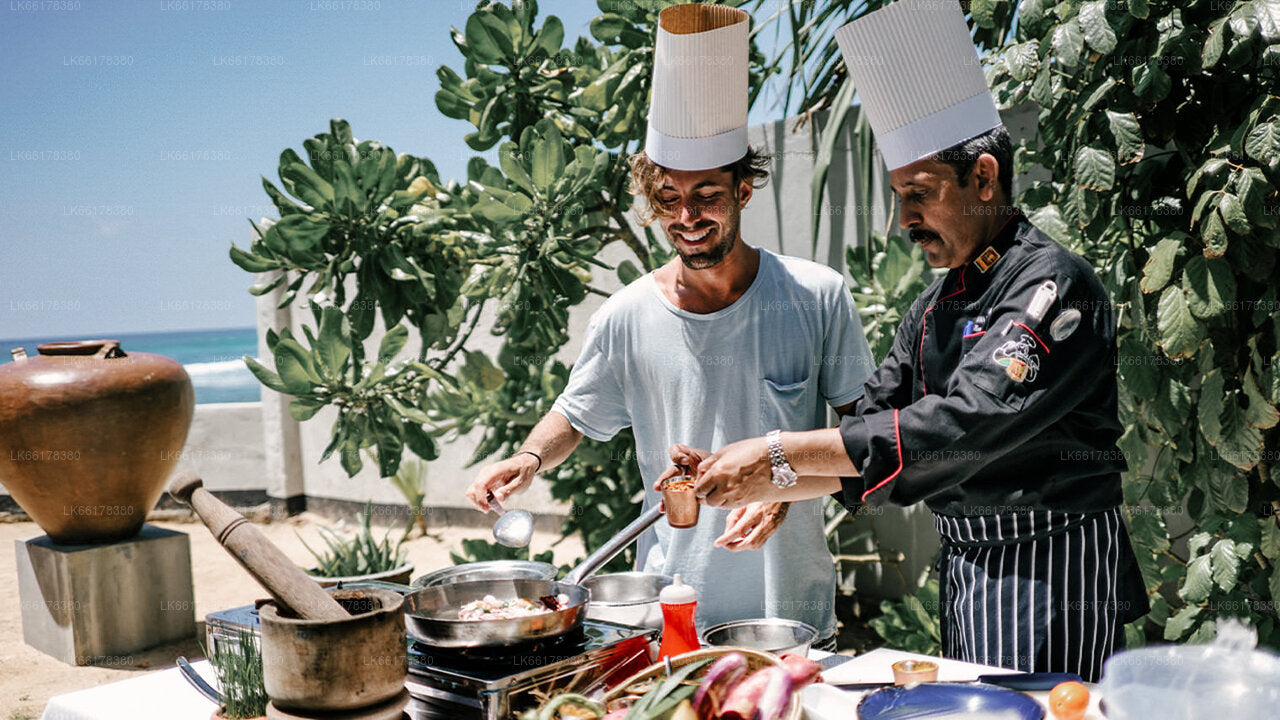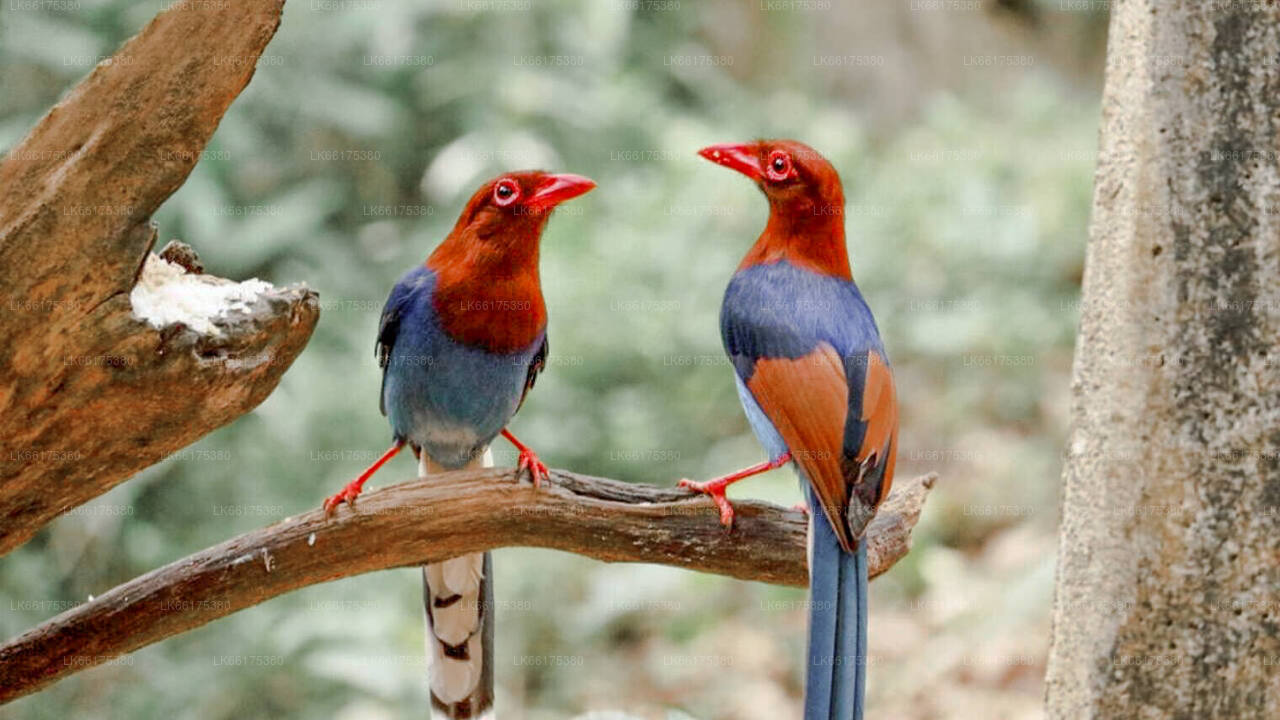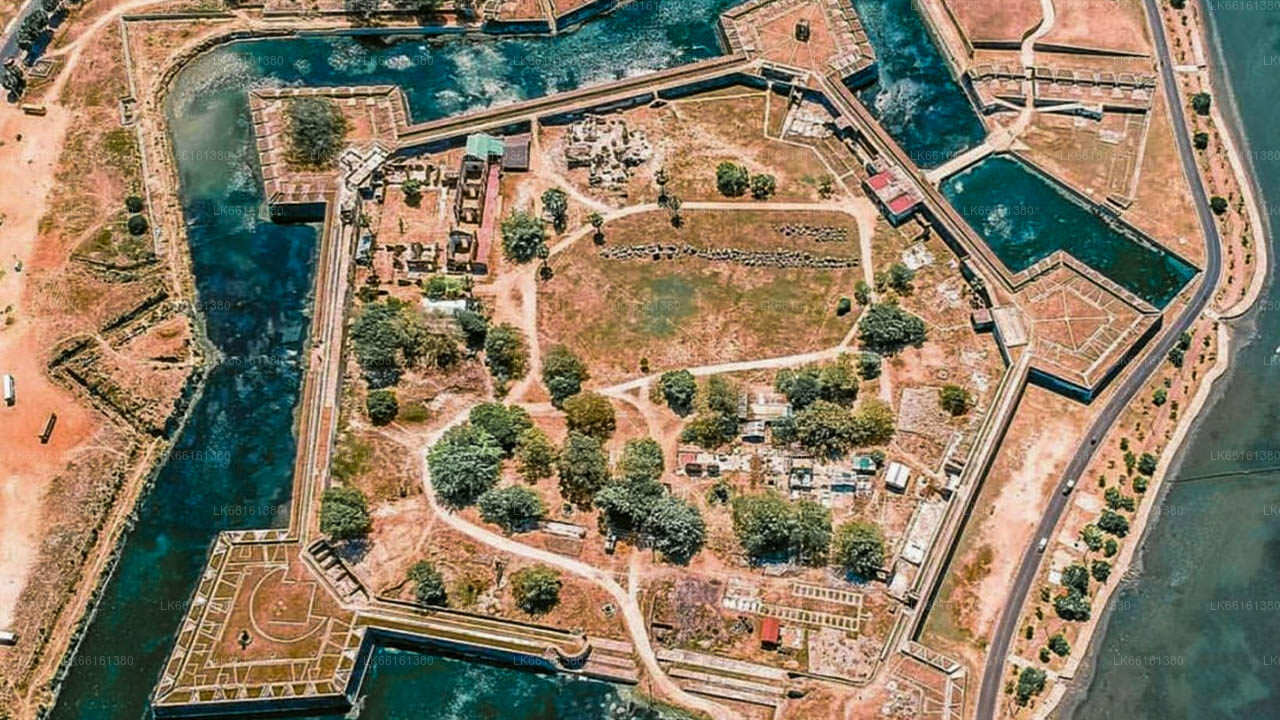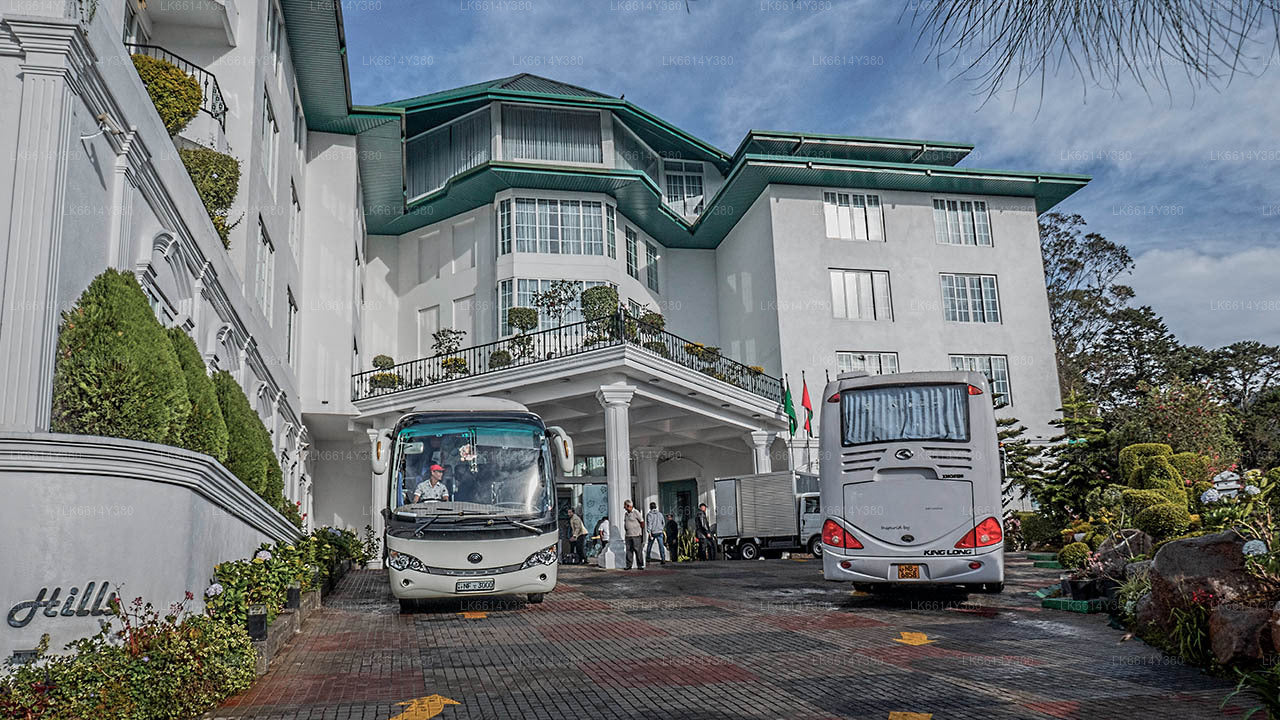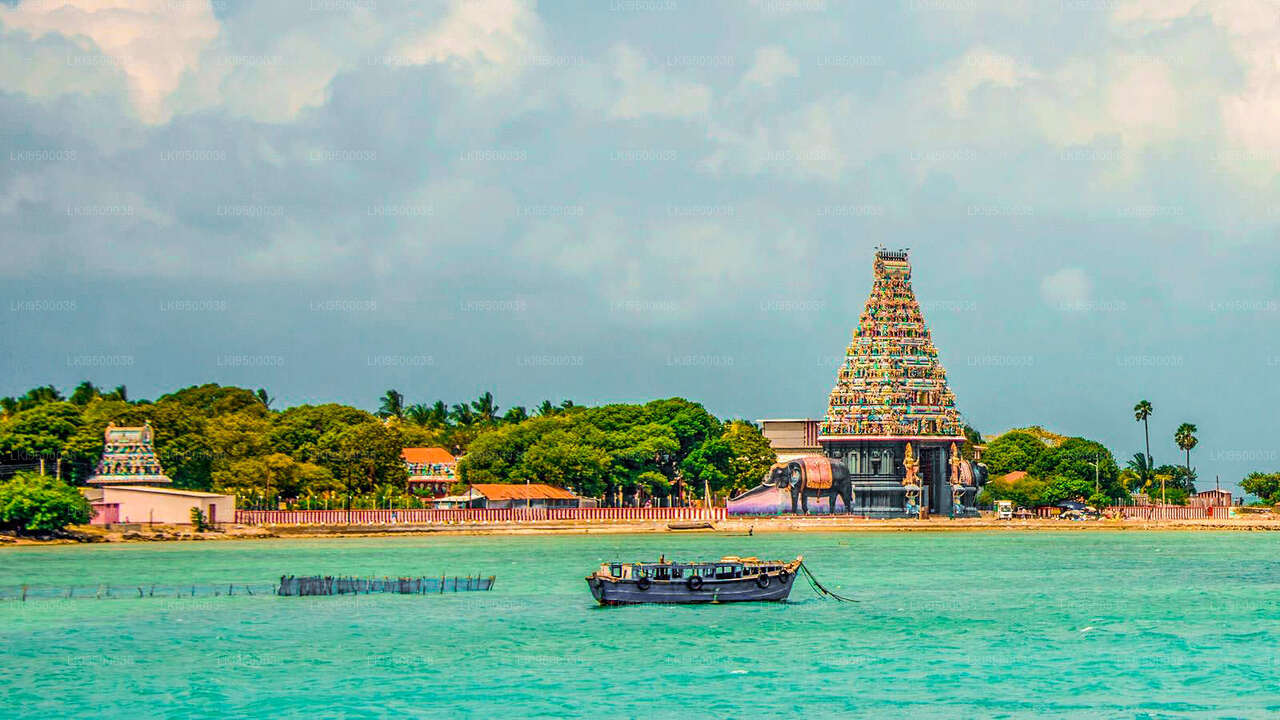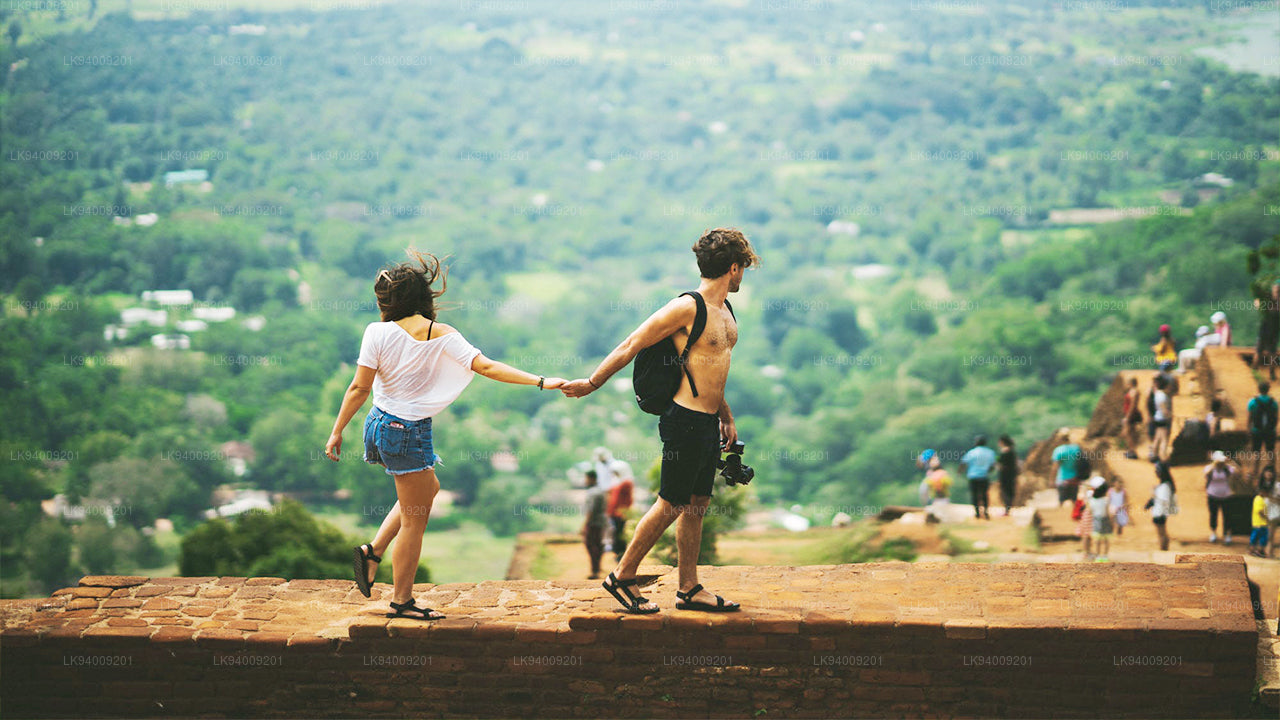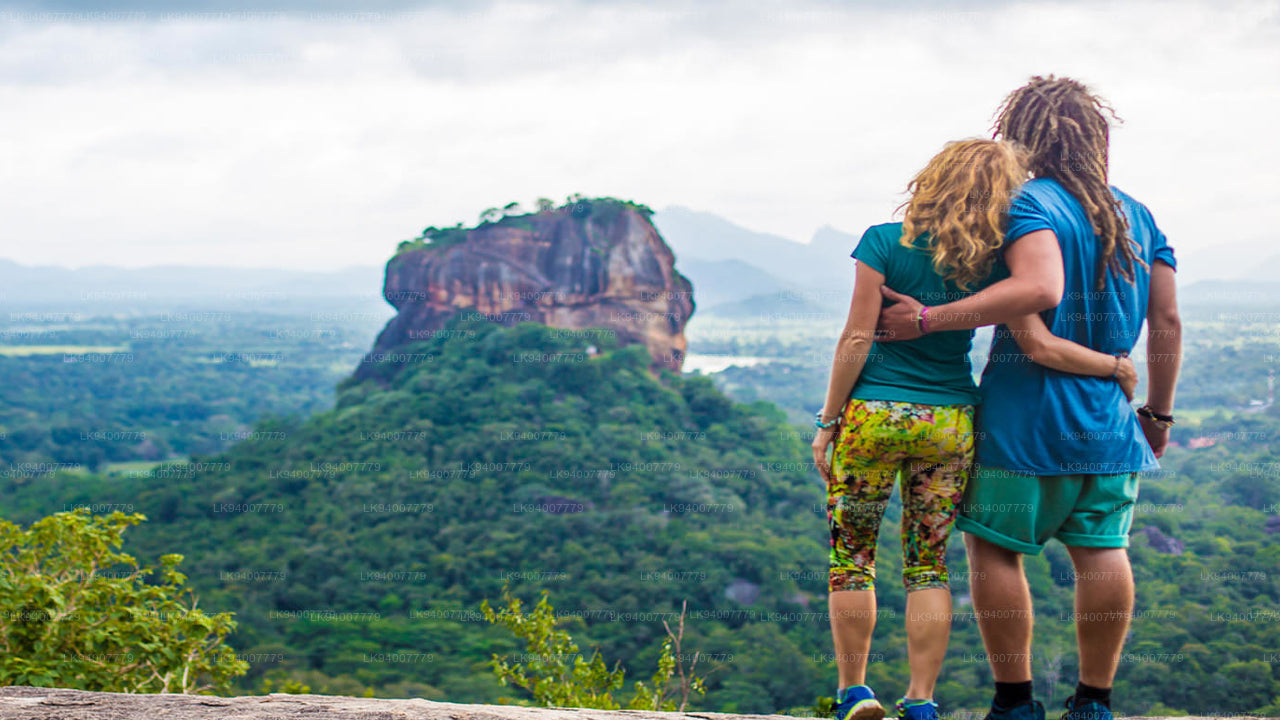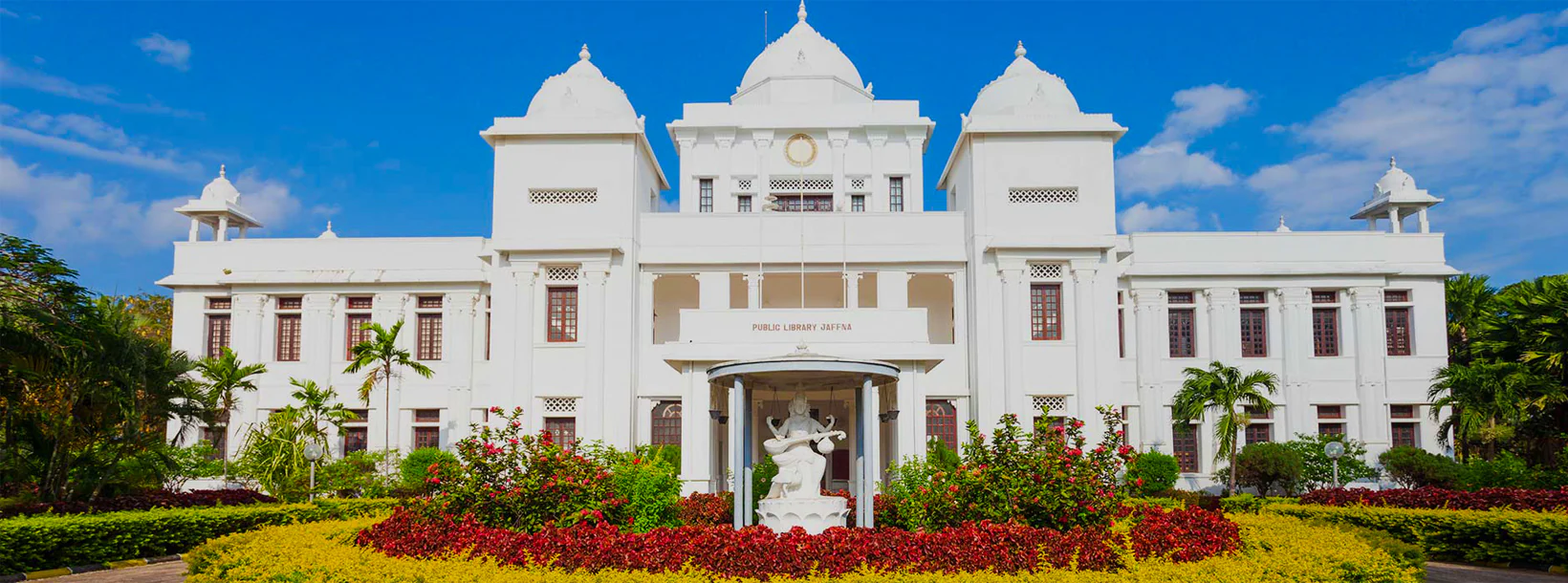
Jaffna City
Jaffna is the main city of Jaffna peninsula in the northernmost district of Sri Lanka. Comfortable intercity busses from Colombo take 10-12 hours to reach the city of Jaffna.
Nagadeepa Viharaya (නාගදීප විහාරය)
Nagadvipa is only about 35 miles from India and the smallest Island in Gulf of Mannar. Merchants have long come here and the surrounding islands to buy the conch shells that are harvested in the warm shallow waters in the Gulf. The conch shell is of course essential for certain Hindu and Buddhist rituals and a particularly perfect specimen of one spiralling to the right can fetch an enormous price. Pilgrims have also been coming to Nagadvipa (Nainativ) since the 1st century CE to worship its famous Stupa. In the Mahavamsa the Island is one of the sixteen sacred places and the Tamil Buddhist epic, Manimekalai, mentions a gem studded throne and a stone with the Buddha’s footprints enshrined at Nagadvipa which pilgrims from India used to come and worship. The heroine of the epic is described as wandering amongst the island’s ‘long sandy dunes and lagoons’.
However on either side of the side entrance to the temple there are two very ancient objects. On the left as you enter is a large stone with an inscription of Parakramabahu I on it. In the first part of this inscription the king says that foreigners coming into the country should enter only at Uraturai (Kayts) and that they should be helped if in need. This undoubtedly refers to merchants and pilgrims from India. The second part says what measures should be taken if ships carrying elephants or horses and merchant ships are wrecked. On the right of the entrance is a large life saver-shaped stone, an ancient anchor. Arab ships used to carry such anchors. Less than half a kilometre down the road from the temple is Nagadvipa Vihara marking the place where the Buddha is supposed to have stayed during his visit to the small island. On one side of the road is the Bodhi Tree and on the other is the silver painted Stupa. There are two temples as well, one containing a bronze Buddha image donated by the Burmese government in 1956. Nothing at Nagadvipa is of any aesthetic or historical interest except for the inscriptions; everything having been built in the 1950’s.
About Jaffna District
Jaffna is the capital city of the Northern Province, Sri Lanka. 85% of the populations of the Jaffna and Kilinochchi districts are Hindus. The Hindus follow the Saivite tradition. The remainders are largely Roman Catholics or Protestants, some of whom are descendants of colonial settlers, known as Burghers. The Tamils are divided along caste lines, with the farmer-caste Vellalar forming the majority. Sea products, red onion, and tobacco are the main products in Jaffna.
Jaffna is home to beautiful Hindu temples. An Old Dutch Fort still stands well preserved within which is an old Church. Another example of Dutch architecture is the King's House. No visit to Jaffna is complete without tasting the exquisite Jaffna mango, reputed for its sweetness. About 3 km away is the majestic Nallur Kandaswamy Temple, home to the largest religious festival in Jaffna. The Kayts Harbour is an ancient ship docking site in the Jaffna region.
About Northern Province
The Northern Province is one of the 9 provinces of Sri Lanka. The provinces have existed since the 19th century but they didn't have any legal status until 1987 when the 13th Amendment to the 1978 Constitution of Sri Lanka established provincial councils. Between 1988 and 2006 the province was temporarily merged with the Eastern Province to form the North-East Province. The capital of the province is Jaffna.
Northern Province is located in the north of Sri Lanka and is just 22 miles (35 km) from India. The province is surrounded by the Gulf of Mannar and Palk Bay to the west, Palk Strait to the north, the Bay of Bengal to the east and the Eastern, North Central and North Western provinces to the south.The province has a number of lagoons, the largest being Jaffna Lagoon, Nanthi Kadal, Chundikkulam Lagoon, Vadamarachchi Lagoon, Uppu Aru Lagoon, Kokkilai lagoon, Nai Aru Lagoon and Chalai Lagoon.Most of the islands around Sri Lanka are to be found to the west of the Northern Province. The largest islands are: Kayts, Neduntivu, Karaitivu, Pungudutivu and Mandativu.
The Northern Province's population was 1,311,776 in 2007. The majority of the populations are Sri Lankan Tamils, with a minority Sri Lankan Moor and Sinhalese population. Sri Lankan Tamil is the major language spoken in the province by the vast majority of the population. The other language spoken is Sinhala by 1 percent of the population. English is widely spoken and understood in the cities.

